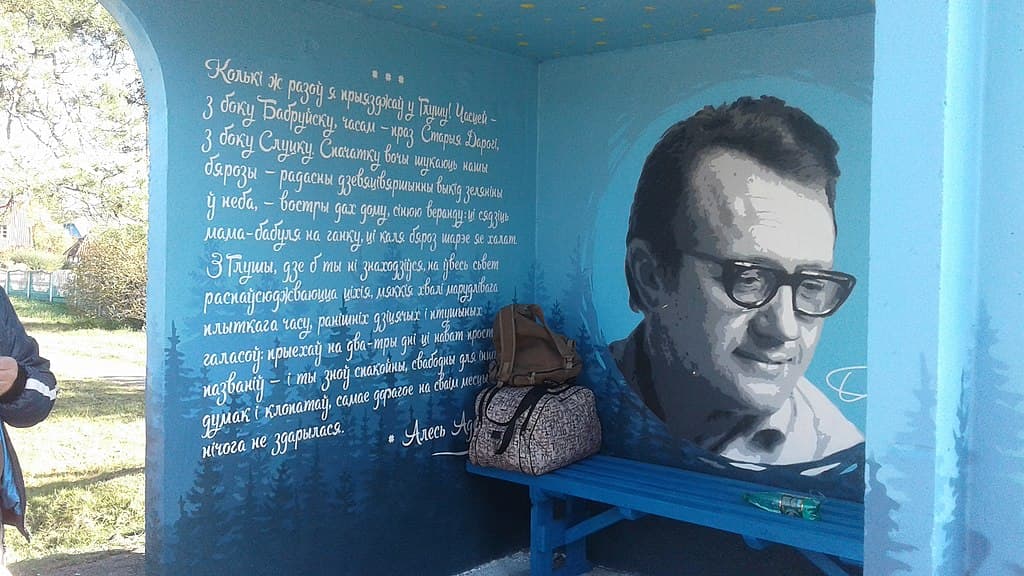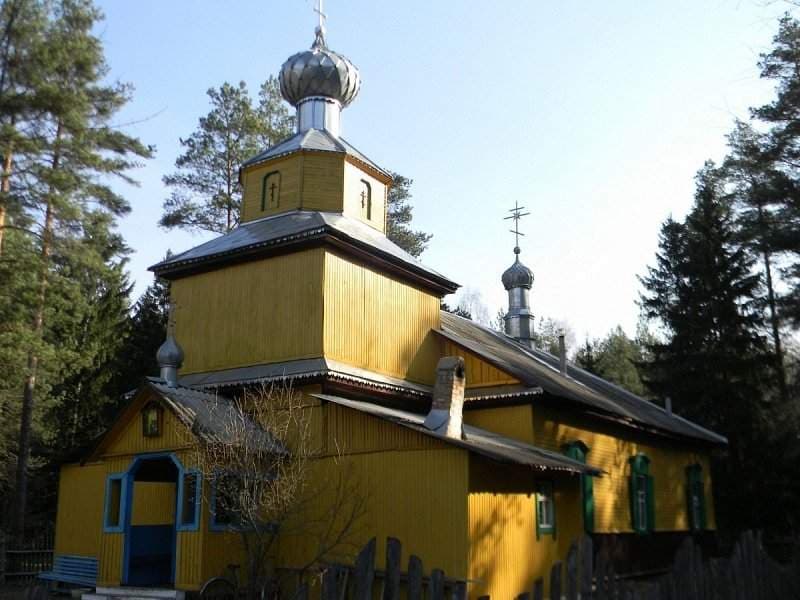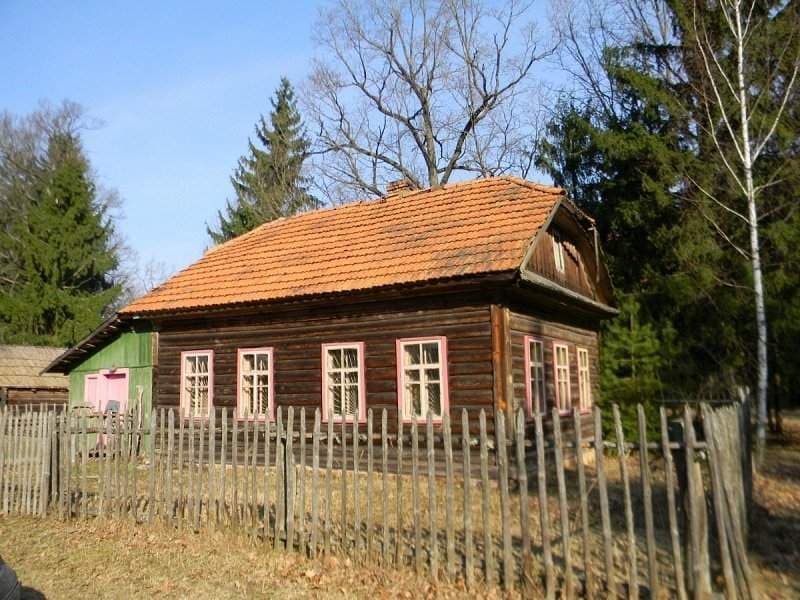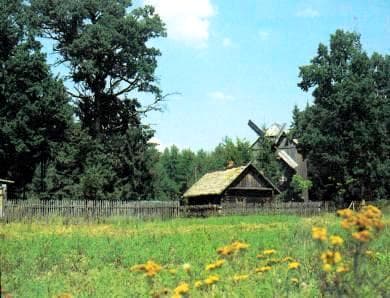Glusha. An open-air ethnographic museum.
Museum
Belarus, Mogilev region, Bobruisk district, Glusha
Description
In the Bobruisk region there is a unique place called Glusha, where there is an open-air ethnographic museum and several other historical sites.
The museum is located on the eastern edge of the Glusha. Several ancient buildings and monuments were brought here from neighboring towns: an Old Believer Orthodox church from the 19th century, a windmill from the 19th century, and several peasant houses from the 19th and 20th centuries.
The house where the famous writer A. Adamovich lived has been preserved in the Glusha. There is a local history museum at the local school.
Categories
Exposition
Architectural monument
Historical
Comments
Reviews to the Place
1Алег Дзьячкоу
11.03.2025
Glusha. An open-air ethnographic museum.
There is an entire ethnographic open-air museum in the village of Glusha in the Bobruisk region. There is an ancient wooden church, a windmill, and many other interesting buildings.
The Glusha is very conveniently located on the Bobruisk-Slutsk highway, and it is very easy to get here. The place originated in the 19th century during the Russian Empire, when a glass factory was built here.
In the 1920s and 1930s, the famous Belarusian writer Ales Adamovich (1927-1994) lived in the Glusha. The house where the writer lived has been preserved in the Glusha. In 2019, a monument to A. Adamovich was erected near the local House of Culture. The local bus stop is designed based on the life and work of A. Adamovich. The writer is buried in the local cemetery.
Today, more than one thousand people live in the village. There is a local history museum at the local secondary school. A memorial dedicated to the events of the Great Patriotic War has been created in the middle of the village. The 'Glushansky Khutorok' festival is held annually in the village.
In recent years, an open-air ethnographic museum has been established in the Glusha. Several ancient buildings and monuments have been brought here from nearby villages and towns. The wooden Orthodox church of St. Panteleimon, which was built in the 1880s during the Russian Empire, was transported from the village of Ugli in the Bobruisk region. There is a 19th-century windmill, a 19th-century farmhouse, a threshing floor and other buildings on display.
To get a tour of the ethnographic museum, you need to contact the House of Culture or the secondary school.


-1741710071506.jpg&w=3840&q=75)


-1741710072364.jpg&w=3840&q=75)
